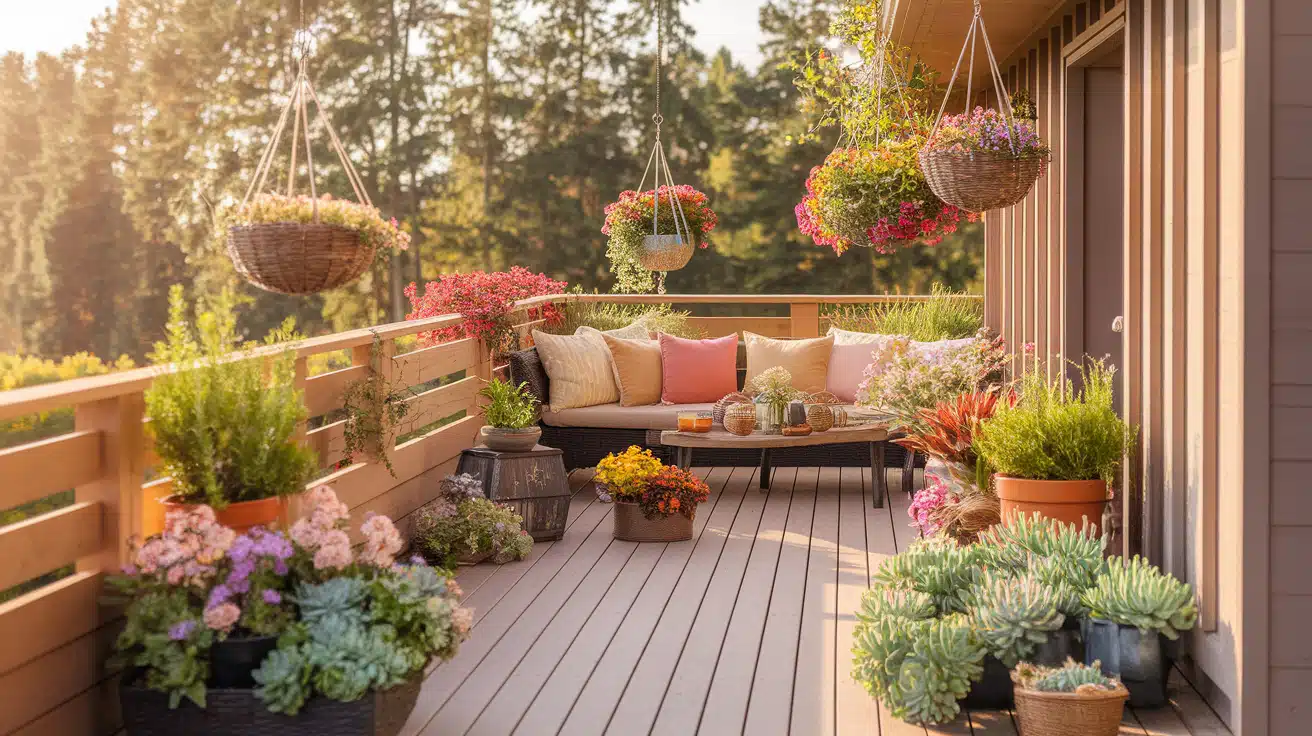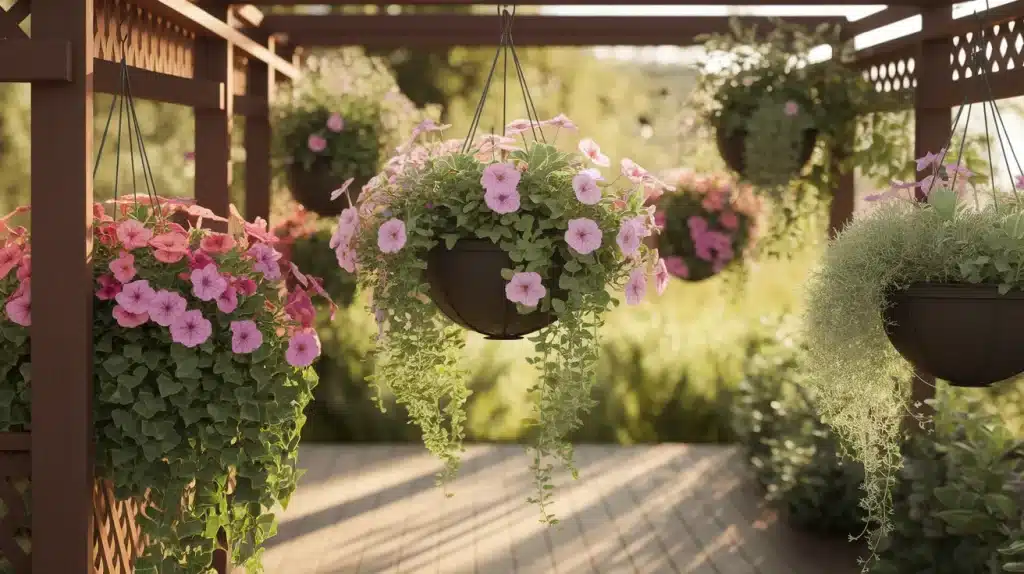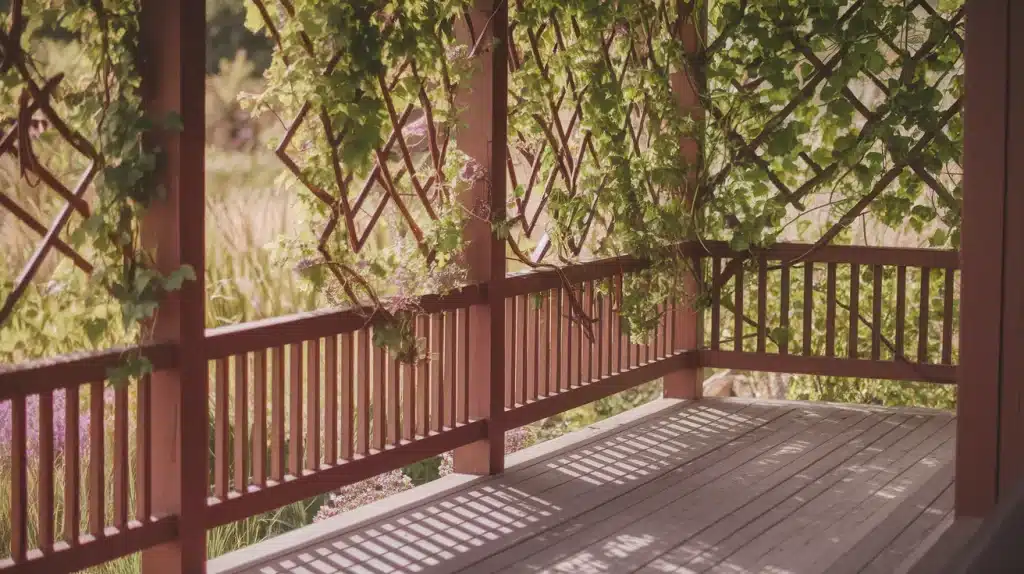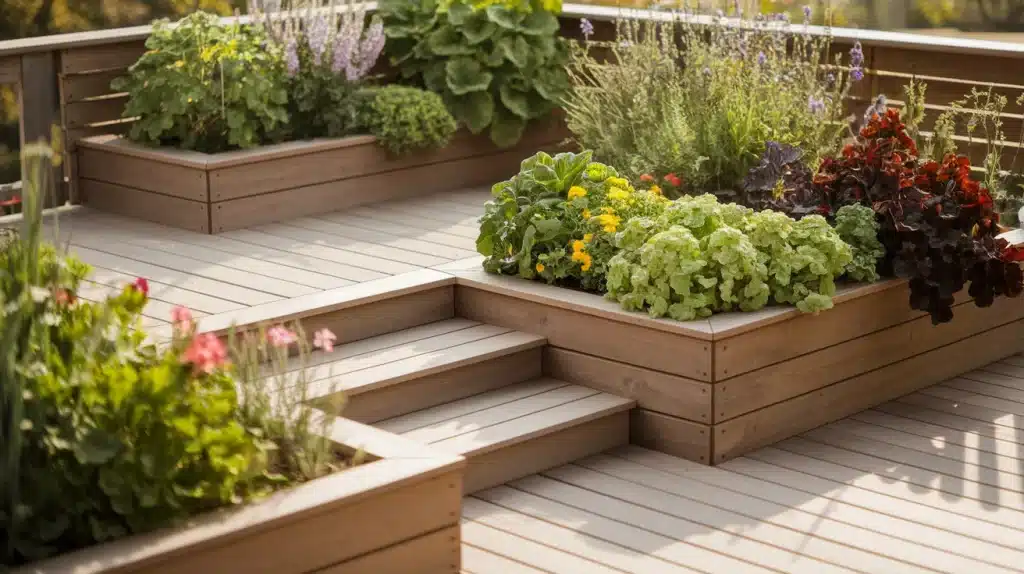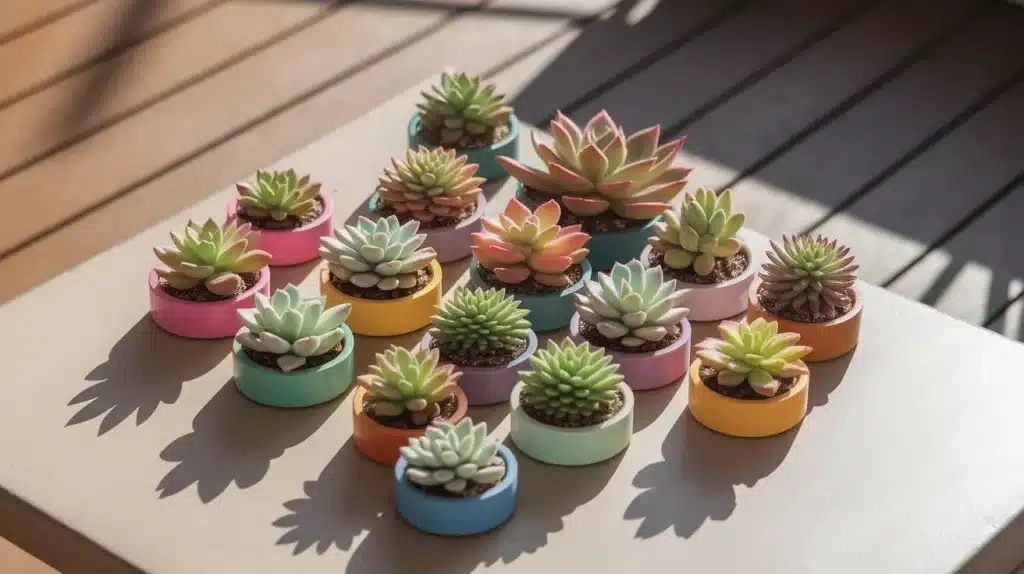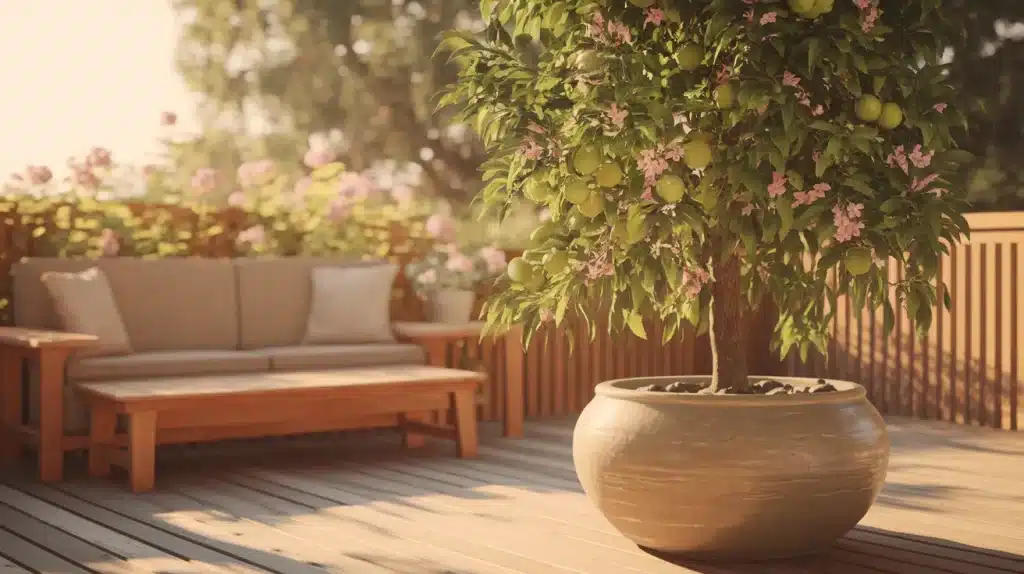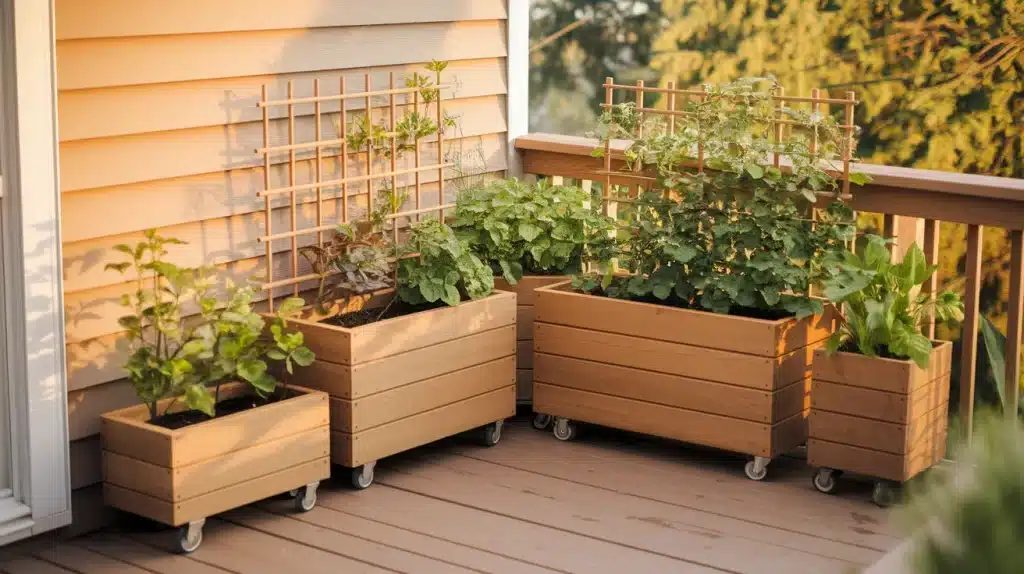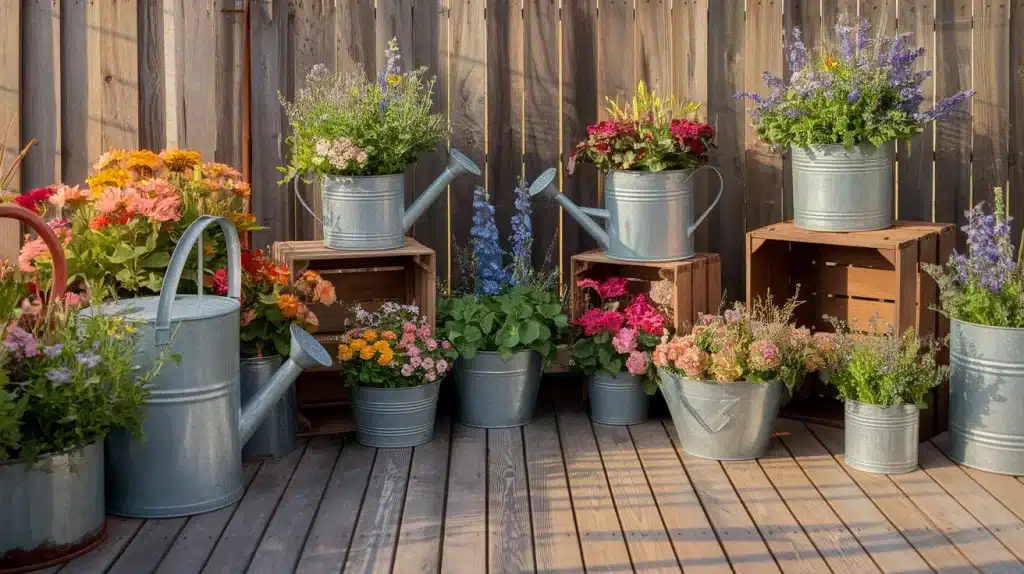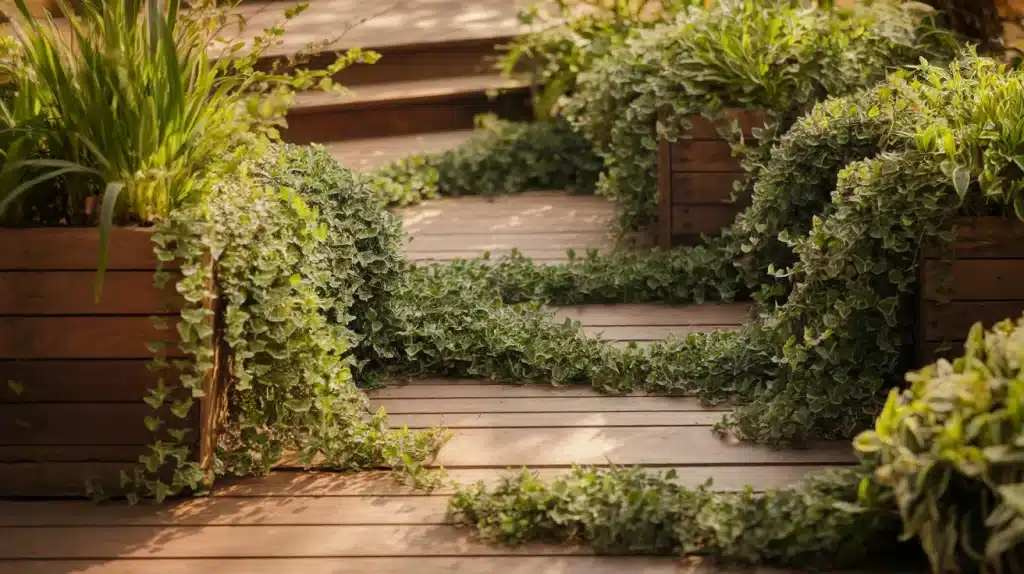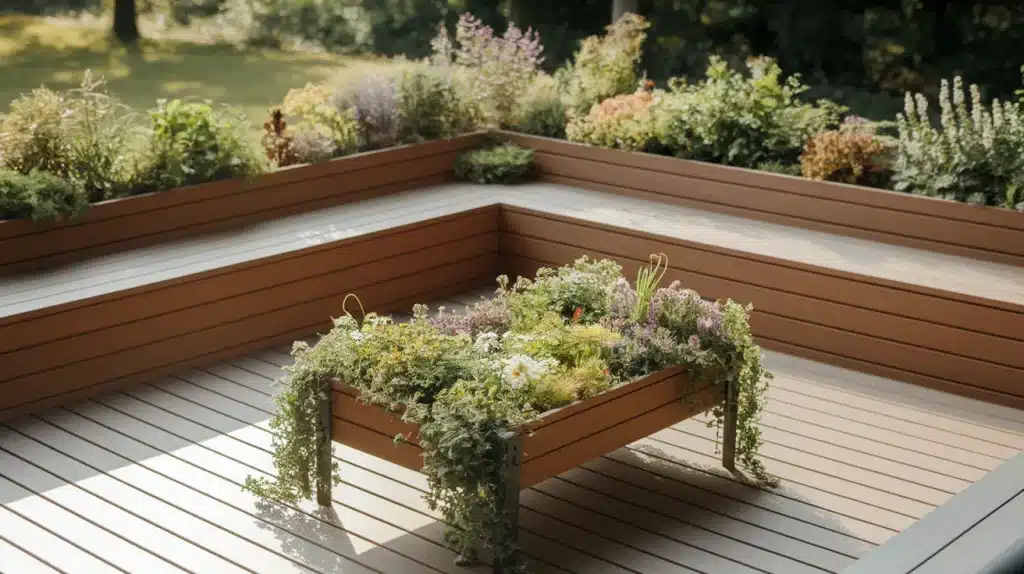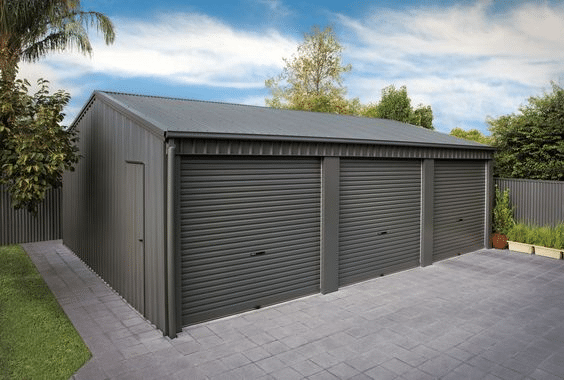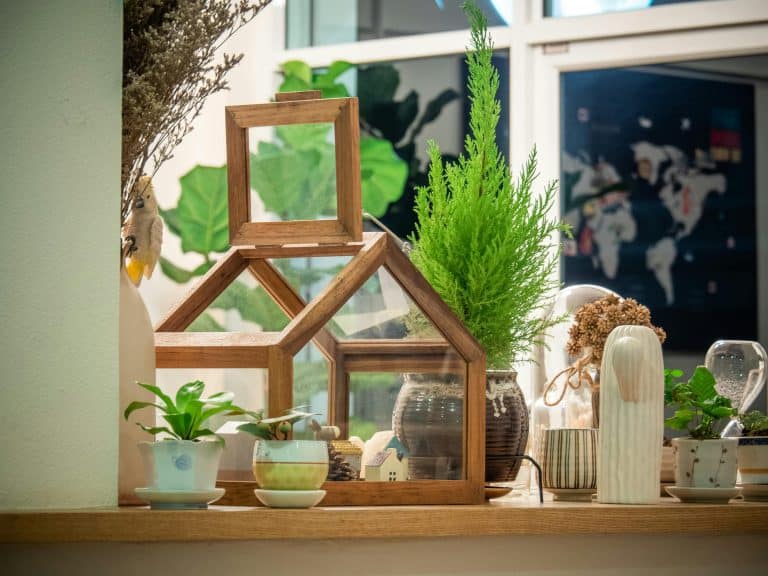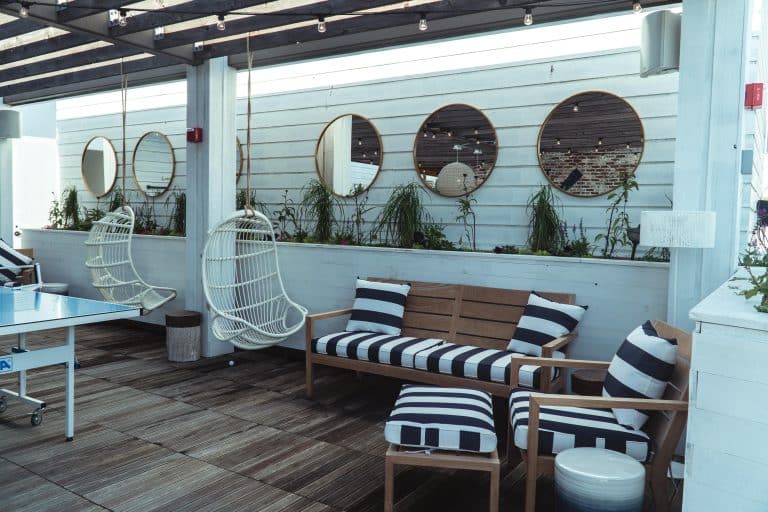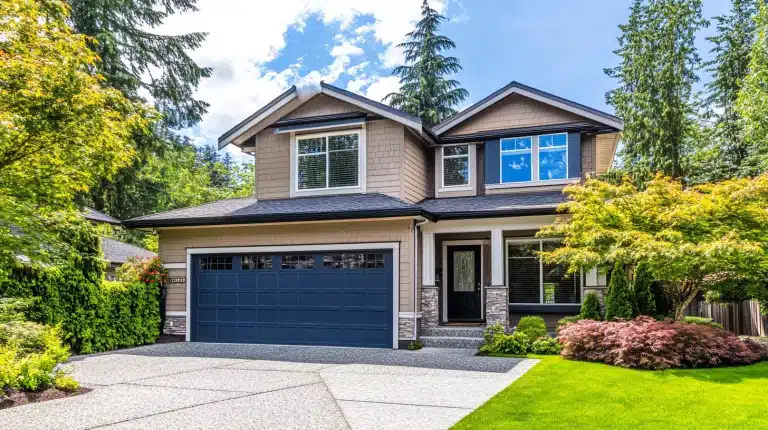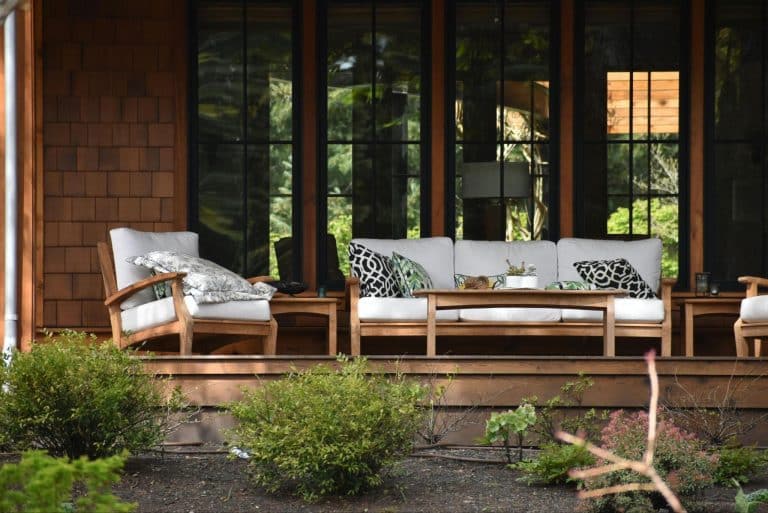12 Creative Ways to Decorate Your Deck with Plants
Your deck sits empty while you dream of a green outdoor retreat that welcomes family and friends.
Most homeowners struggle to find fresh ideas that work within their space and budget. You want something special, not the same old potted plants everyone else has.
What if you could turn your deck into a stunning plant paradise? A space where morning coffee tastes better and evening gatherings feel magical. With the right plant placement and creative touches, your deck can become the outdoor room you’ve always wanted.
These creative decorating ideas will show you exactly how to use plants to make your deck the envy of the neighborhood. From vertical gardens to unexpected containers, you’ll find solutions that fit any deck size or style.
Ready to get started?
Benefits of Decorating Your Deck with Plants
Adding plants to your deck creates a natural retreat right outside your door. Plants improve air quality while reducing stress and boosting your mood. They also increase your home’s value and create privacy from neighbors.
Key benefits include:
- Lower energy costs – Plants provide natural shade and cooling
- Extended living space – Creates an outdoor room for relaxation
- Wildlife attraction – Brings birds and butterflies to your yard
- Year-round beauty – Seasonal plants keep your deck interesting
How to Choose the Right Plants for Your Deck
The right plant selection makes the difference between a thriving deck garden and a maintenance headache.
- Sunlight and Climate Considerations: Check how many hours of sun your deck gets daily. Full sun areas need heat-loving plants like succulents. Shaded decks work well with ferns and hostas. Consider your local weather patterns and frost dates.
- Size and Space: Measure your deck before shopping. Small spaces need compact plants. Large decks can handle bigger containers and taller plants. Think about walking space and furniture placement.
- Low-Maintenance Options: Busy homeowners should pick drought-tolerant plants like lavender, sedum, or ornamental grasses. These plants need less watering and care while still looking great.
- Color and Texture Variety: Mix different leaf shapes and colors for visual interest. Combine spiky plants with round leaves. Add flowering plants for seasonal color changes throughout the year.
12 Innovative Ways to Convert Your Deck with Plants
These proven plant decorating methods will turn any deck into a green oasis that you’ll love spending time in.
1. Vertical Gardens: Utilize the Vertical Space
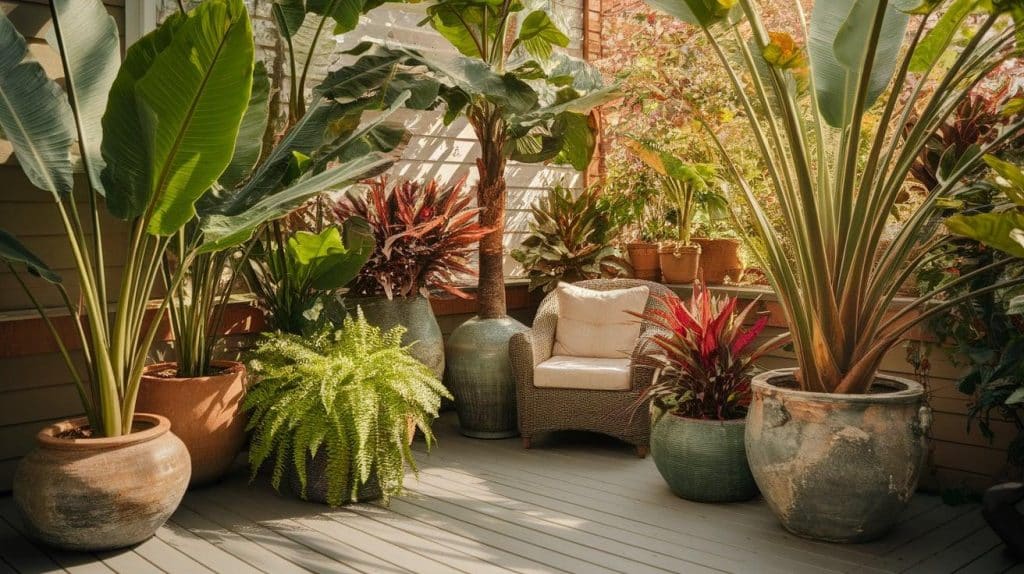
Wall-mounted planters, shelves, and trellises maximize your growing space without crowding the floor. Install pocket planters on fence walls or use ladder-style plant stands. Vertical gardens work perfectly for herbs, small flowers, and trailing plants. This method doubles your planting area while keeping walkways clear for furniture and foot traffic.
Pro Tip: Start with lightweight materials like fabric pocket planters before investing in heavy wooden or metal systems.
2. Hanging Baskets for a Floating Garden
Hanging baskets create layers of greenery at different heights, adding visual depth to your deck. Use trailing plants like petunias, ivy, or strawberries for the best effect. Hang baskets from pergola beams, ceiling hooks, or shepherd’s hooks. The gentle movement in breezes adds life and motion to your outdoor space.
Cost-Saving Tip: Use coconut fiber liners instead of expensive pre-planted baskets and fill them with your own plant choices.
3. Potted Plants for Flexibility
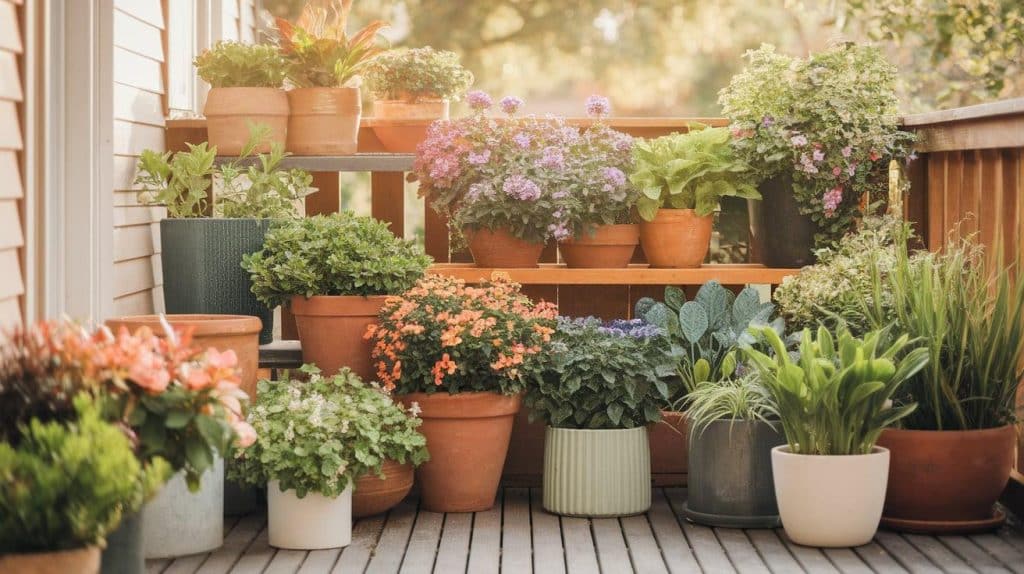
Container gardening offers complete control over plant placement and seasonal changes. Move pots around to create new looks or protect plants during bad weather.
Group different-sized pots together for visual impact. Choose containers that match your deck’s style, from modern ceramic to rustic terra cotta. This flexibility lets you experiment with arrangements.
Maintenance Tip: Add water-retaining crystals to potting soil to reduce watering frequency during hot summer months.
4. Plant-Covered Railings for a Natural Barrier
Train vining plants like clematis, morning glories, or grape vines along deck railings for natural privacy screening. Install wire mesh or trellises to support climbing growth. This technique softens hard railing lines while creating a living wall that blocks unwanted views. The result is increased privacy and reduced wind on your deck.
Growing Tip: Choose annual vines for renters or perennial varieties if you own your home for long-term coverage.
5. Deck Garden with Raised Planters
Built-in raised planters provide deep soil for vegetables, herbs, and larger flowering plants. These permanent installations offer better drainage and soil control than regular containers. Design planters to match your deck materials for a cohesive look. Raised beds also make gardening easier on your back and create defined growing zones.
Design Tip: Build planters 18-24 inches high for comfortable access without bending over while gardening.
6. Succulent Displays for Low Maintenance Beauty
Succulents thrive in sunny deck conditions with minimal water and care requirements. Create interesting displays using different shapes, colors, and textures in shallow containers. Group small succulents in vintage containers or modern geometric planters. These drought-resistant plants look great year-round and multiply easily, giving you more plants to expand your collection.
Care Tip: Water succulents deeply but infrequently, allowing soil to dry completely between waterings to prevent root rot.
7. Use of Small Trees for Structure and Shade
Dwarf fruit trees, Japanese maples, or small evergreens add height and structure to deck designs. Plant trees in large containers with wheels for easy moving. Trees provide natural shade, cooling your deck during hot summer days. Choose varieties that stay compact and won’t outgrow their containers. This creates focal points and year-round interest.
Selection Tip: Pick dwarf varieties that mature at 6-8 feet tall to avoid overwhelming your deck space.
8. DIY Planter Boxes for Customization
Build custom planter boxes that fit your exact space and style preferences using basic lumber and tools. Design boxes to match your deck railing height or create stepped levels. Add casters for mobility or built-in trellises for climbing plants. Custom planters ensure perfect sizing while saving money compared to store-bought options.
Budget Tip: Use cedar or redwood for natural rot resistance, or treat pine lumber with deck stain for affordability.
9. Create a Cozy Green Corner with Lush Foliage

Transform one deck corner into a plant-filled retreat using large leafy plants like hostas, ferns, and tropical varieties. Layer plants at different heights using plant stands and varying container sizes. Add comfortable seating surrounded by greenery for a private reading nook. This creates an intimate space within your larger deck area.
Styling Tip: Use odd numbers of plants (3 or 5) and vary heights for the most natural and pleasing arrangement.
10. Repurpose Old Containers for a Rustic Look
Turn vintage watering cans, old boots, wooden crates, and metal buckets into unique planters with character. Drill drainage holes in the bottom and add gravel for proper water flow. These quirky containers add personality and charm while recycling items that might otherwise be thrown away. Mix different materials for an eclectic garden style.
Safety Tip: Check that repurposed containers haven’t held toxic materials and clean thoroughly before planting.
11. Creeping Ground Cover for a Natural Feel
Plant low-growing varieties like thyme, moss, or creeping jenny between deck boards or around container bases. These plants soften hard edges and create a natural transition between planted and structural areas. Ground covers also help retain moisture and reduce weeds. Choose varieties that can handle foot traffic in walking areas.
Plant Selection Tip: Choose ground covers that match your climate zone and can handle your deck’s sun exposure levels.
12. Integrate Outdoor Furniture with Planter Features
Select benches with built-in planters or add plant shelves to existing seating areas. Use plant stands as side tables or choose coffee tables with planter inserts. This integration saves space while keeping plants within easy reach for maintenance. The combination creates functional furniture that serves multiple purposes in small deck spaces.
Space-Saving Tip: Look for furniture pieces that serve dual purposes to maximize function in smaller deck areas.
Choosing Plants for Specific Deck Zones
Different areas of your deck have unique conditions that require specific plant choices for the best results.
- Sunny Areas: Hot, bright spots need heat-loving plants like lavender, succulents, and marigolds that handle 6+ hours of direct sunlight. These drought-tolerant varieties thrive in the hottest deck locations.
- Shaded Areas: Covered sections under overhangs need shade plants like ferns, hostas, and begonias. These spots stay cooler and moister, perfect for delicate varieties that would burn in full sun.
- Windy Spots: Exposed edges need sturdy plants like ornamental grasses, sedum, and yucca that bend without breaking. Low-growing varieties create less wind resistance than tall plants.
- High Traffic Areas: Walkways need tough plants like creeping thyme and moss that handle foot traffic. Choose low-growing varieties that won’t create tripping hazards near seating areas.
Conclusion
Turning your deck into a green sanctuary doesn’t require professional landscaping skills or a huge budget. With these creative plant decorating ideas, you can convert any outdoor space into a personal retreat that brings joy throughout the seasons.
From space-saving vertical gardens to charming repurposed containers, each method offers unique benefits that suit different lifestyles and deck sizes. The key is starting small and building your plant collection over time. Mix low-maintenance options with your favorite flowers and herbs to create a space that reflects your personality.
Your deck plants will reward you with cleaner air, natural beauty, and a peaceful outdoor room where stress melts away. Every small green addition makes your deck more inviting and valuable.
What plant idea will you try first?

